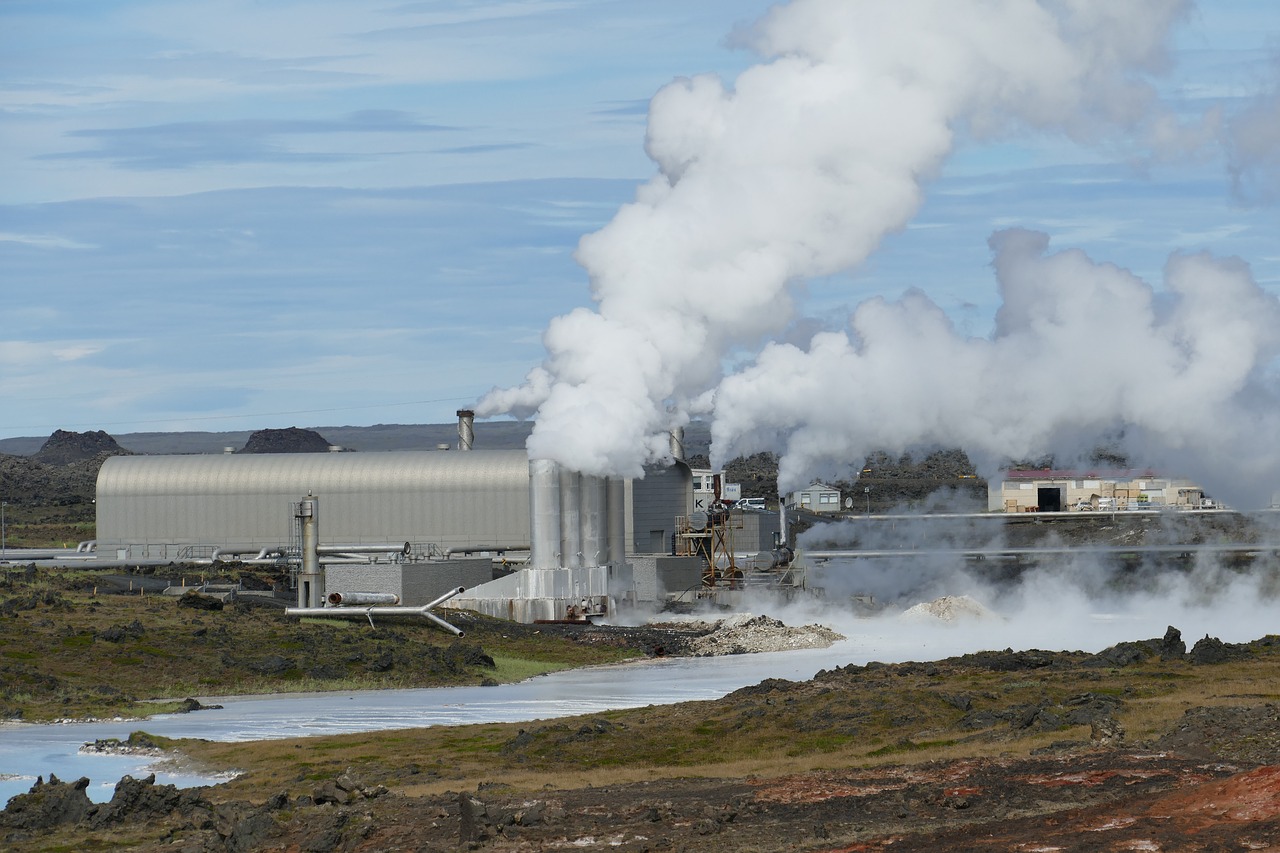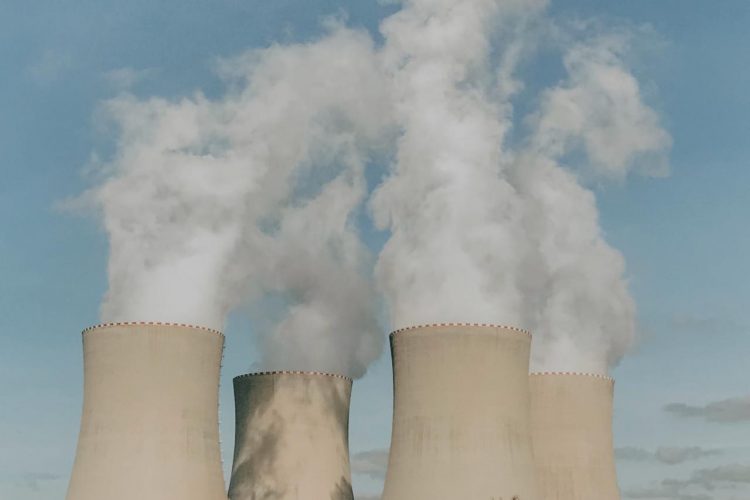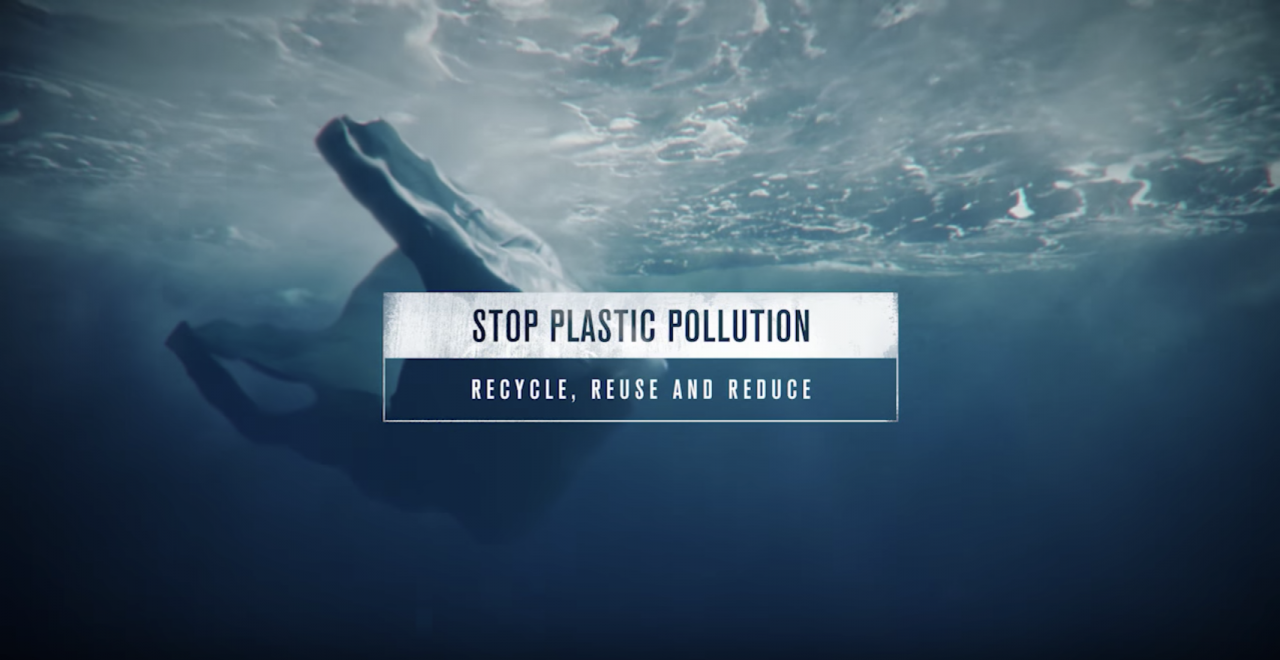Thermal Pollution
Thermal pollution occurs when heat is added to an ecosystem, causing harm. The USGS estimates the power plants & industrial enterprises take around 219 billion gallon of cold water each day from adjacent ecosystems.
This water is used to cool industrial activities that create heat. Power plants contribute roughly 75-80% of thermal pollution in the US. Chemical plants, steel plants, and smelters are examples of thermal pollution sources. Nuclear and coal power plants are examples of thermal pollution sources. These systems’ return water can induce temperature shifts, harming aquatic ecosystems and wildlife.
USA Thermal Pollution
In 2013, an estimate 1,260 US facilities drew at least two million gallon of cooling water each day. Unlike a traditional closed-loop boiler system, these facilities often use “once-through” cooling that use cooling water only once and promptly return this to the environment. Once-through cooling have been demonstrated to return water 10°C warmer than the ambient temperature of the water! In 2014, over 1200 US facilities used once-through cooling systems, but this is a big global concern. Thermal pollution damages ecosystems by heating nearby water.
Thermal Pollution Effects
The Earth’s ecosystems have evolved over millions of years. But these effects occurred over time, much slower than is happening currently due to thermal pollution. Even a few degree Celsius increase in water temperature can have substantial effects on the current aquatic ecology.
Thermal shock can harm plants, fish, and other marine life. Because waste heat by power plant cooling generates & discharges hot water, which depletes oxygen levels, kills fish, alters food chain composition, and reduces ocean ecosystem richness. Moreover, warmer water reduces oxygen transport to deeper areas, lowering quality of the water for aquatic animals. This generates anaerobic conditions that favour bacteria, upsetting the food chain and ecology.
Why Does Thermal Pollution Dangerous
Isn’t warmer water bad for ecosystems? For starters, warmer water has less oxygen than cooler water. Anaerobic conditions promote bacterial growth and destroy fish and aquatic creatures.
In the Gulf, river discharges have produced a hypoxia “dead zone” which has grown into 6,334 square miles, or over 4 million acres, uninhabitable for fish. Thermal pollution kills an estimated 79 billions fish and marine species each year in Californian waters alone! In just one environment, thermal pollution causes this large number of deaths.


Thermal Pollution Regulations
A Clean Water Act, enacted in 1948 & expanded in 1972, covers thermal pollution. Section 316(a) covers sources of pollution having thermal discharges and allows the EPA to regulate thermally discharges through NPDES permitting authority.
Thermopol
The EPA has entrusted permitting to 46 states. To comply with the law, power plants and manufacturers must apply for discharge licences and receive variances. Significantly, Section 316(a) of a Clean Water Act forbids plants without variance licences from boosting river temperatures over threshold limitations.
Thermal Pollution Regulations In Practice
In theory, plants must present extensive evidence that proposed thermal emissions will not harm the environment or biodiversity, and regulators must grant variances under only environmentally acceptable conditions. Unfortunately, according to a 2013 EPA Inspector General audit, numerous licences have been issued due to inadequate oversight. For instance, 55% of the licences assessed did not contain specific arguments for state variance approval. The facilities would collect knowledge about the environmental impacts rather then being required to install the best available equipment.
Thermal Pollution Fixes
The obvious approach is to require power plants and industries to reheat cooling water. Aspirationally, heated water could be used to fuel other useful processes like heating. Sadly, these extra stages are costly, requiring costly new plants or laborious retrofitting of old ones. Such shifts necessitate regulatory involvement.
Enforce Thermal Pollution Regulations
First, the EPA must enforce current regulations. To guarantee that new projects meet existing standards, we need to police all new permit & variance applications.
Second, the EPA should review existing permits and require rapid modifications.
Third, we should assess existing regulations’ strictness. In the USA, many states require cooling water discharge temperatures of 30°C-40°C. It is still significantly warmer than the neighbouring lakes, streams, rivers, & oceans.
Confront Thermal Pollution
Finally, like with fossil fuels, we need to raise awareness of thermal discharge to help bring about significant and required reforms.



